In the age of social media activism, it can sometimes be difficult to imagine how protests and social movements even worked before Facebook. But work they did! In this blog post, I will be giving you an overview of social movements in the United States.
The purpose of these “Themes Across APUSH” blog posts are for you to see how to practice the skill of change over time that will be necessary for the APUSH exam. It is also important to note that this is not an exhaustive list of social movements in the United States; that is, I won’t be detailing each and every event that could be classified as a social movement. However, I will be giving you enough of an overview for you to feel comfortable approaching the topic on the APUSH exam. Ready to dive in? Let’s go!
A Brief History of Social Movements
In many ways, you can view the history of the United States through the lens of social movements. The country had a decidedly “anti-establishment” start, even as it developed its own institutions and governments later on.
So, for this post, we will be starting with the ways in which colonists had to form a social movement – although inextricably tied to economic and political interests, as most social movements are – in order to form a collective surrounding a single idea: that the thirteen colonies, who had more in common with England than with each other, should become a nation. We will close with the suffragist movement.
Of course, this blog post could have ended with the Civil Rights Movement or the Women’s Rights Movement or the LGBTQ Rights Movement (all of which are continuing into the present day). However, by closing off with the suffragist movement and the passage of the 19th amendment, you will have a solid grounding to incorporate other movements as you see fit.
APUSH Themes: Social Movements
1. Revolutionary War
It’s hard to recognize how unlikely the Revolutionary War actually was sitting from the vantage point of 2018; the United States has been a thing for some time now. Perhaps John Adams summed it up most eloquently when he said in 1818 that the Revolution was, “perhaps a singular example in the history of mankind. Thirteen clocks had been made to strike together – a perfection of mechanism, which no artist had ever before effected.”
Why did these diverse colonies decide to rebel against their common source? What did they gain by going out on their own? If you’ve ever seen the musical Hamilton, it’ll seem like the Revolution was an inevitable outcome. But this is not so.
Historian Thomas Breen has argued that it was only through the boycotts and popular pressure leading up to the Revolution that the events were even possible. It was through the non consumption of imported British tea and the supporting of Patriot businesses that colonists became Americans. Of course, as Breen also shows us, there is sometimes a downside to social movements: all that peer pressure can lead us to situations where tarring and feathering seems like a good idea.
To get more of an understanding about who the various parties were in the Revolution, see this Open Course video from Yale University.
2. Abolition Movement
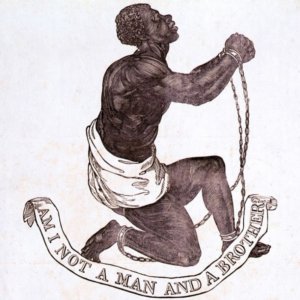
1787 medallion by Josiah Wedgewood (source)
The movement to end slavery – the Abolitionist Movement – is often touted as one of the earliest and most successful social movements in the United States. Abolitionists had varying views: some advocated for equality among the races, while others still believed in white supremacy as the ruling doctrine of the United States. But what they shared was the belief that slavery should be abolished. By the dawn of the Civil War, most abolitionists (again, not all) believed that slavery was a moral failure for the country.
Examine the following quote from abolitionist William Lloyd Garrison. It is important to recognize that black individuals (both enslaved and free) were some of the most ardent abolitionists, even though the quote I am presenting here is from a white individual. Notice how Garrison makes his argument in the same language as the Declaration of Independence, a common move for social activists who wanted to petition that the ideas of equality be expanded.
- “I am a believer in that portion of the Declaration of American Independence in which it is set forth, as among self-evident truths, “that all men are created equal; that they are endowed by their Creator with certain inalienable rights; that among these are life, liberty, and the pursuit of happiness.” Hence, I am an abolitionist.”
William Lloyd Garrison, 1854, “No Compromise with the Evil of Slavery”
3. Progressivism
As industrialization was becoming more common in major urban centers in the North, and especially after the Civil War, the social ills that accompanied rampant capitalist growth were becoming more acute. Jacob Riis, a Danish photographer, was influential in showing the downsides of industrialization through his work in the book How the Other Half Lives. The street in the photo below was considered the most crime-ridden and dangerous street in New York City at the time.
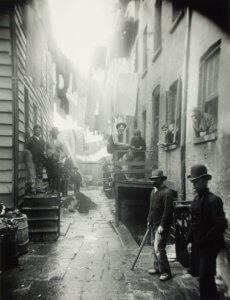
Jacob Riis, Bandit’s Roost, 1888 (source)
Progressivists were those individuals who wanted to help ameliorate some of the suffering in urban centers by advocating for clean cities, public schooling for immigrants, and even “moral decency” through the short-lived Prohibition movement.
Of course, we know there were insidious practices within the progressive social movement as well. Attempts to make individuals more “American” were a bedrock of the public schooling system, and immigrants came up with innovative forms of resisting the “help” of some progressives (like through the advent of Catholic schools). In examining the progressive movement, we can see the limits of paternalistic policies.
4. Suffrage Movement
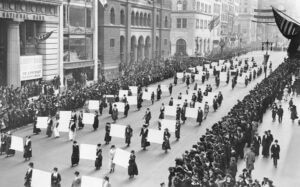
Suffragists parade down Fifth Avenue, 1917 (source)
Last for this blog post, but certainly not least, is the suffragist movement. Even though the 15th Amendment declared unconstitutional any attempts to limit voting on the basis of race, it took the 19th Amendment to strike down voting restrictions based on a person’s sex.
The Women’s Suffrage Movement was the social movement that made the 19th Amendment possible. However, much like the abolitionist movement, the suffrage movement had all different types of individuals supporting it; in fact, not all women believed women should have the right to vote!
Let’s examine the following two excerpts about women’s suffrage. Both of these excerpts come from lessons curated by the Stanford History Education Group.
- It has often been pointed out that women should not pass laws on matters of war and peace, since no woman can do military duty. But this point applies to other issues, too. No woman can have any
practical knowledge of shipping and navigation, of the work of trainmen on railways, of mining, or of many other subjects of the highest importance. Their legislation, therefore, would not be intelligent, and the laws they devised to help sailors, trainmen, miners, etc., might be highly offensive to the very people they tried to help. If sailors and miners refused to obey the laws, who would have to enforce them?
The men! The entire execution of the law would be in the hands of men, backed up by irresponsible voters (women) who could not lift a finger to catch or punish a criminal. And if all the dangers and difficulties of executing the law lay upon men, what right have women to make the law?
Excerpt from Molly Elliot Seawell, an anti-suffragist from Virginia who published the anti-suffrage book, The Ladies’ Battle, in 1911.
- We hold these truths to be self-evident: that all men and women are created equal; that they are endowed by their Creator with certain inalienable rights; that among these are life, liberty, and the pursuit of happiness. . . . Whenever any form of government becomes destructive of these ends, it is the right of those who suffer from it to refuse allegiance (loyalty) to it, and to insist upon the institution of a new government. . . . The history of mankind is a history of repeated injuries and usurpations (taking away power) on the part of man toward woman, having in direct object the establishment of an absolute tyranny over her.
Declaration of Sentiments, written in 1848 by Elizabeth Cady Stanton.
Women had complex views for supporting suffrage and for opposing it. Like most social movements in United States history, there is no one story to tell.
Putting it All Together
As always, I have given you a lot of history to digest. But here’s a way to start identifying some areas that you could use on your APUSH exam!
- Social movements often intersect with politics and economics.
- It was a common tool to invoke the Declaration of Independence for future social movements.
- Individuals who partook in social movements had mixed motives.
These are just a few of the ideas that you could start to use to analyze the large swath of history I have provided here. Do you have any more good themes? Add them to the comments below!
Further Resources for APUSH Themes: Social Movements
Other 19th Century Reform Movements (including Utopian societies)
Source: Crash Course
Anti-lynching campaigns
Source: Ida B. Wells Biography

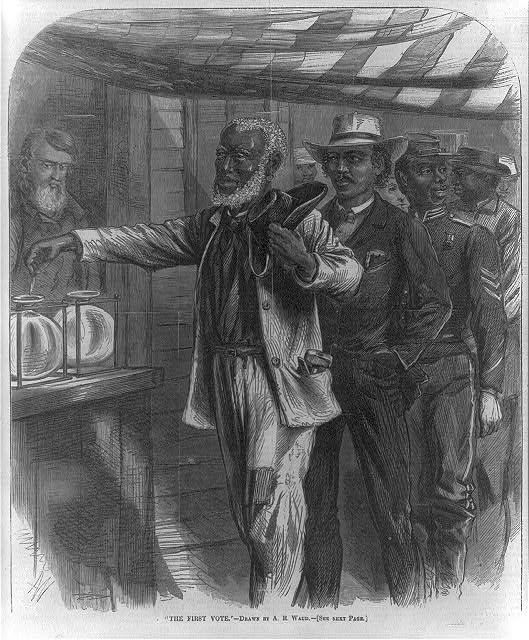
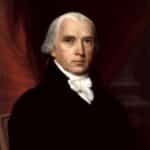
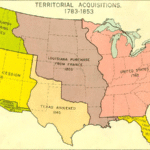

Leave a Reply